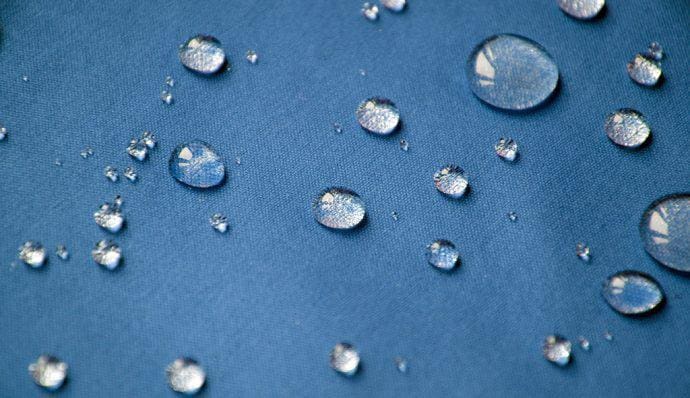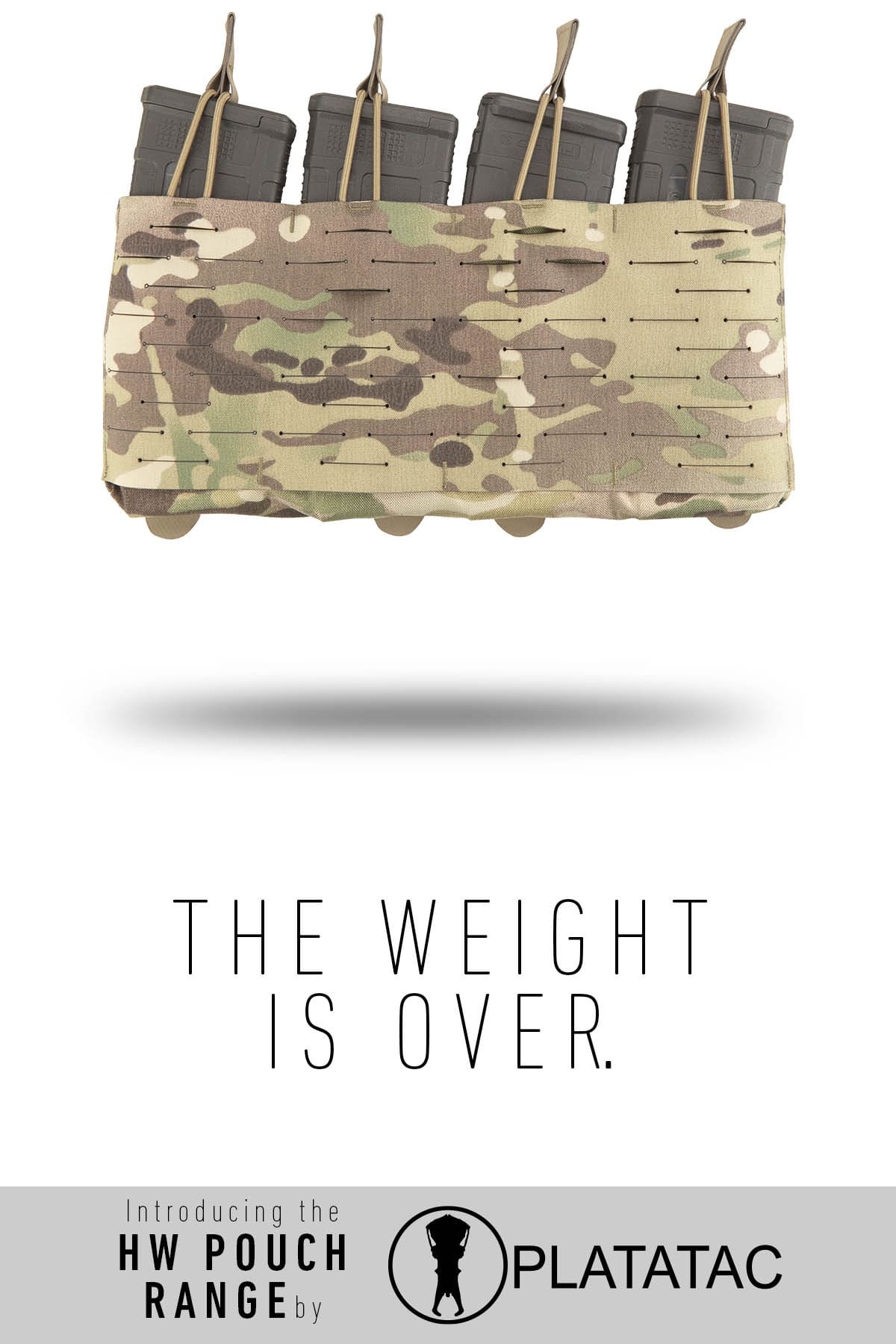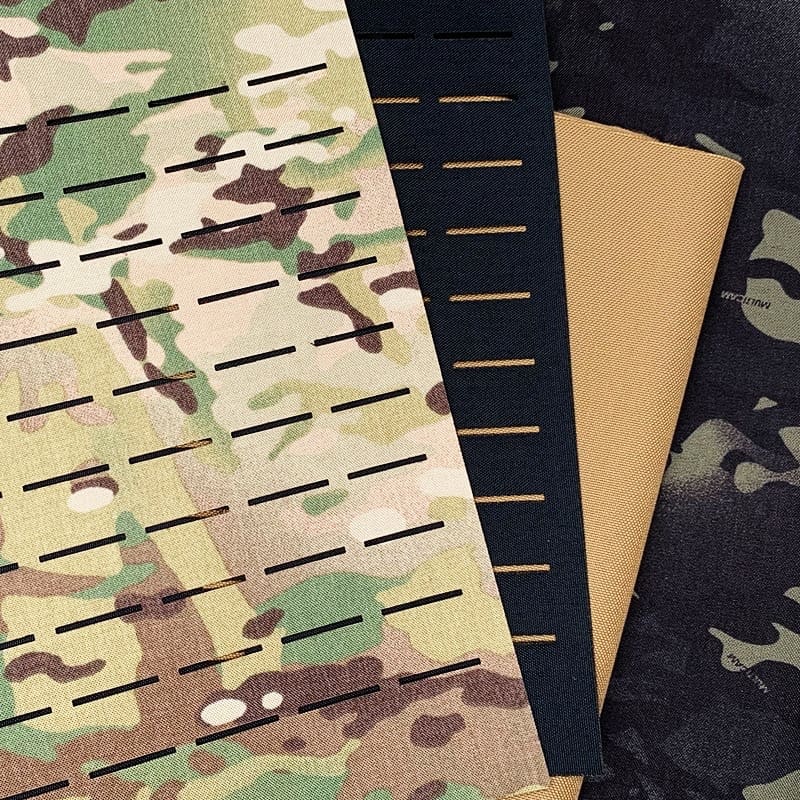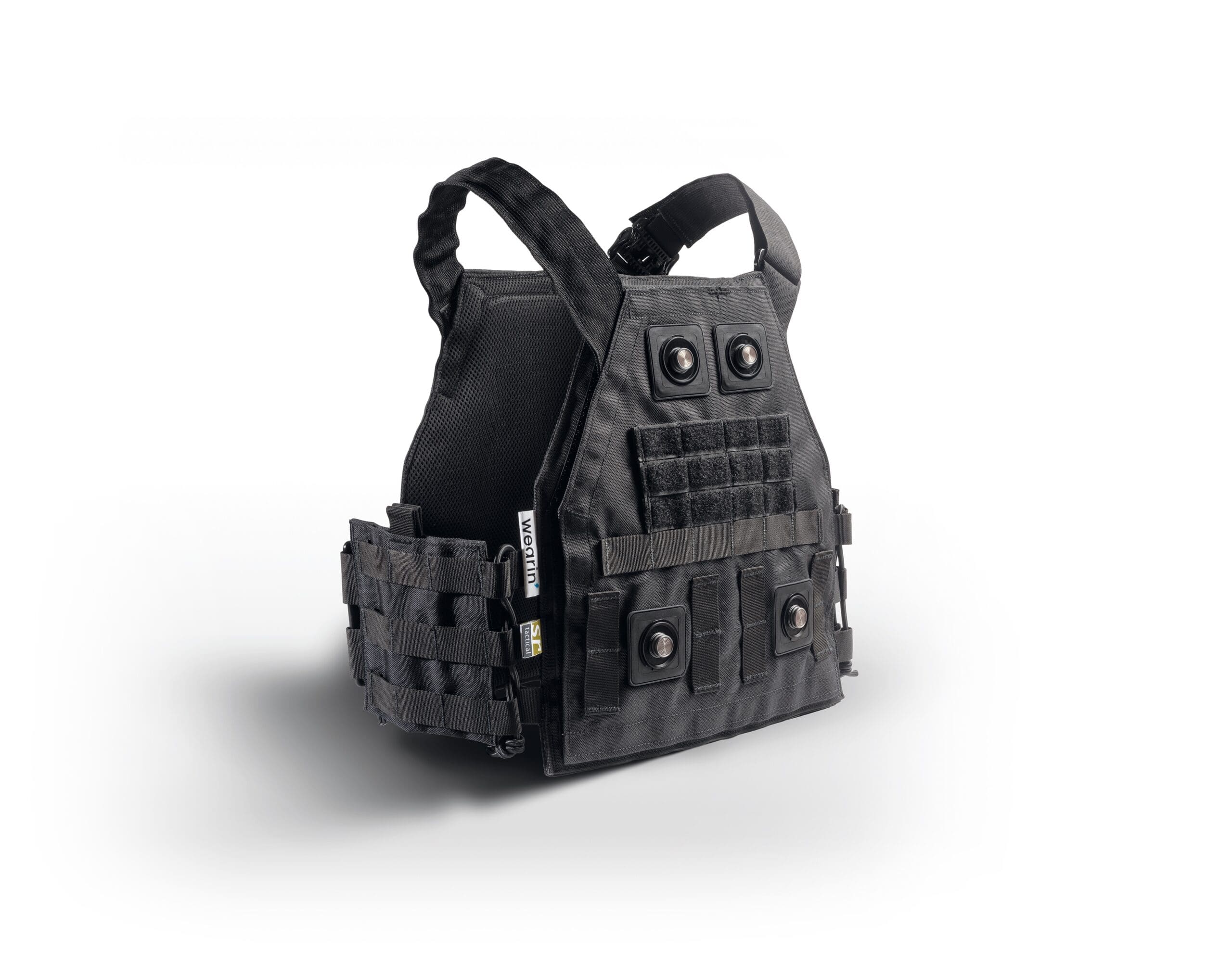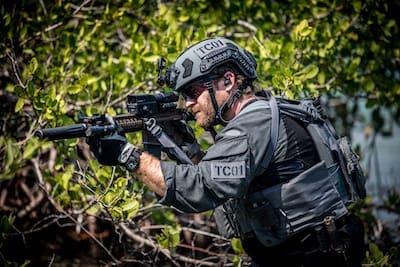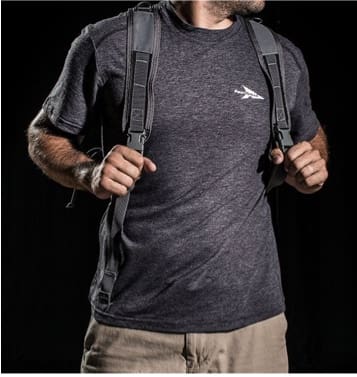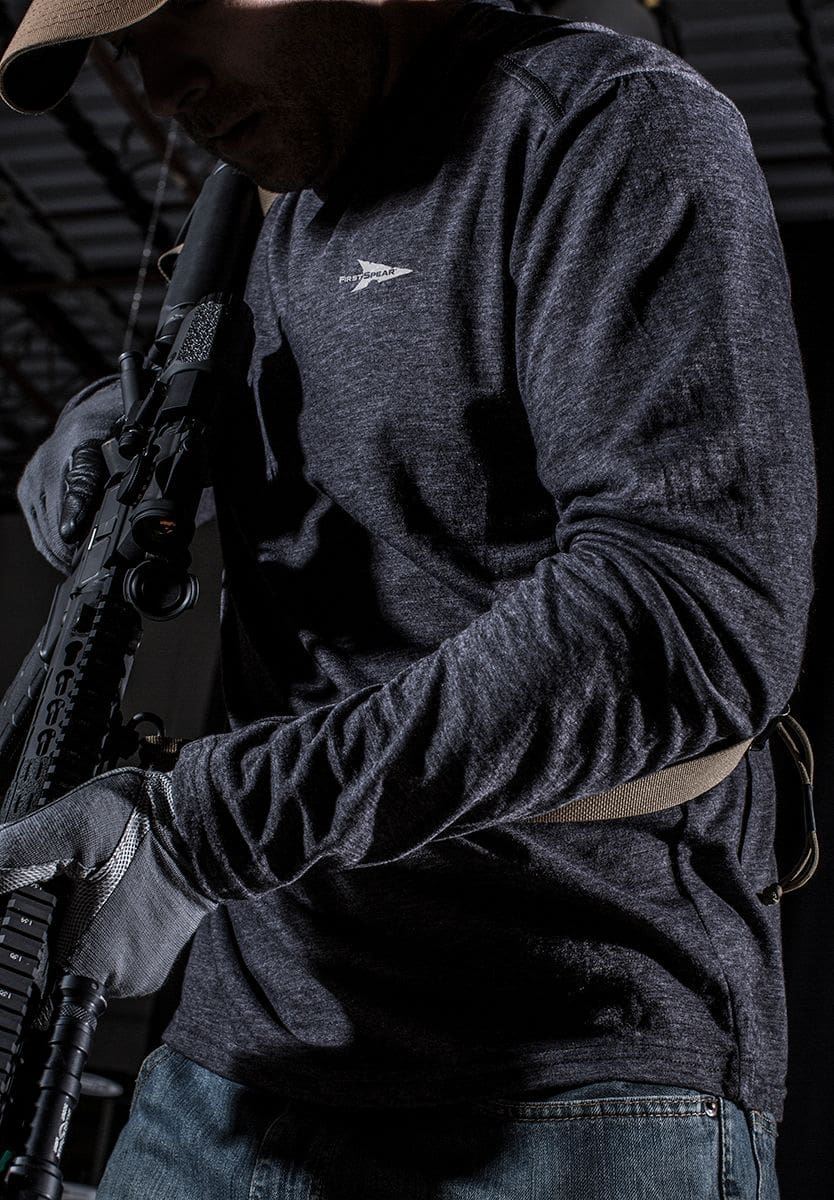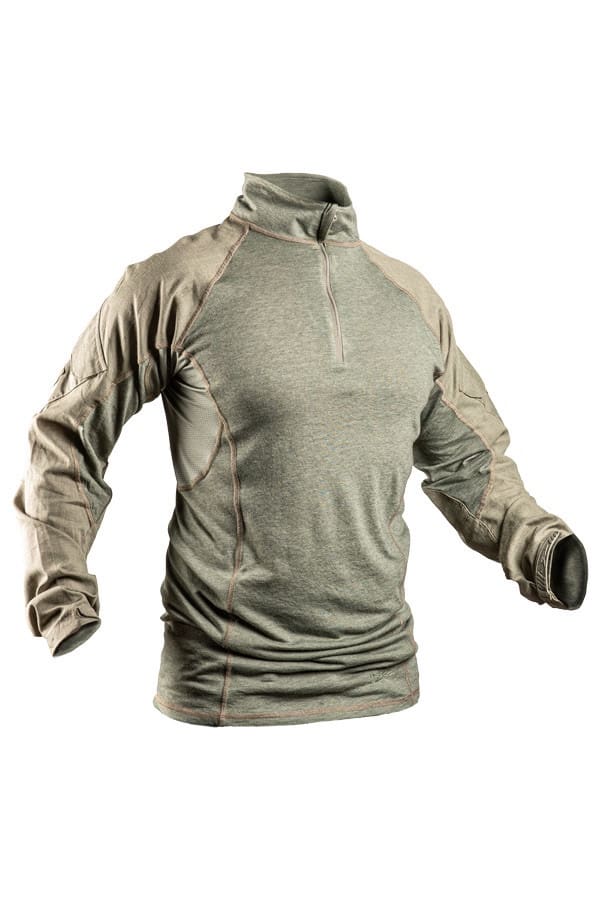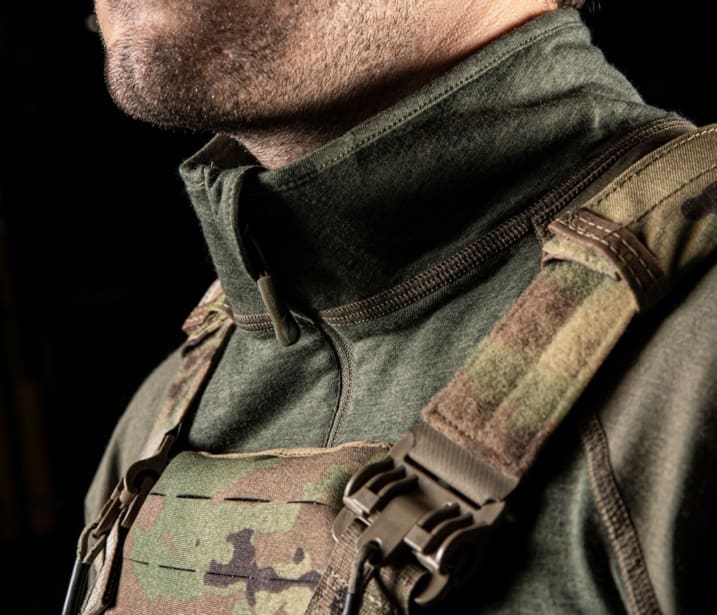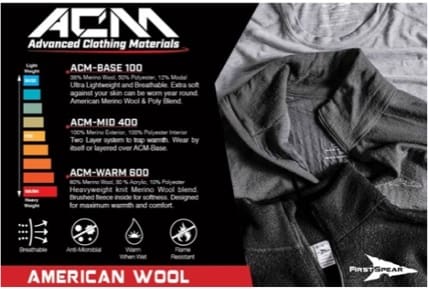Leading industrial textile supplier will shift manufacturing of narrow fabrics – including webbing and binding tape – inhouse to improve quality and lead times.
WESTLAKE, OH – December 15, 2020 – MMI Textiles Inc., a global diversified supplier of industrial and custom fabrics and textile components with military, tactical, medical, commercial and apparel expertise, has announced a major expansion of its operations. MMI will open a 30,000-square-foot production facility in North Carolina to begin producing select narrow fabrics during the first quarter of 2021.
The new facility in Lenoir, NC will be focused on manufacturing and printing narrow fabrics, including a full line of mil-spec webbing and binding tape products. The main driver behind the new operation is MMI’s CTEdge® Printed Narrow Fabrics that use patented technology to give the border of webbing and binding tape a more concealed edge, because it is woven with different color threads that allow it to blend into the materials behind it. This product line has seen momentous growth over the last few years with sales on a global scale and multiple international distributors.
“Our new facility reflects MMI’s commitment to deliver the best quality products within the best possible lead times,” explains MMI President and Founder Amy Bircher. “In addition to the investment in a new manufacturing facility, new equipment and new personnel, we have aligned with Mikan Printing, our existing print partner, to ensure quality control and timely delivery.”
MMI will hire new staff and acquire new equipment in Lenoir to ensure better control of the manufacturing process for this line. The new facility will house both MMI Textiles’ new manufacturing facility and Mikan’s print facility under one roof. Mikan is one of the country’s most respected and innovative leaders in the textile printing industry.
“We believe this significant investment – especially at a time when businesses around the globe are being challenged as never before – demonstrates our agility as an always-on, end-to-end provider and producer of innovative customer solutions,” says Bircher.
The new MMI Textiles manufacturing and print facility will be integrated under one roof to ensure efficiencies and consistencies that are better aligned with the MMI Textile brand promise of unmatched service and innovation. All sales and customer service transactions will continue to be handled through existing channels.









